Many Fulbrighters return home with fresh ideas for research projects and international collaborations. For Change Kwesele, it was no different. Her goal? Create a children’s book that would depict the beauty and culture of Sub-Saharan Africa for the world! Change leveraged her Zambian roots and the new connections she gained during her 2011 Fulbright Study/Research Award to Zambia for the project, and even learned something about herself in the process.
Born in Zambia and raised in Seattle, Washington, Change has always celebrated the languages and culture of her family. Currently a Ph.D. candidate in Social Work and Developmental Psychology at the University of Michigan, she spent her Fulbright in Zambia working to improve gender equality in education through community outreach and workshops. While working with students, Change was taken aback by the absence of diverse voices and subjects in children’s literature.
“I spent a lot of time around younger children and time in bookstores. I noticed that many of the books available focus on the Western world and lack local references. My Fulbright experience with the Forum of African Women Educationalists of Zambia (FAWEZA) organization empowered me to work on gaps and limitations that I see in communities that I care about,” Kwesele explained.
Part of that gap includes children’s literature. Z is for Zambia: An Alphabet Book introduces the sights and sounds of Zambia to children of all nationalities. The multilingual book is written in three languages commonly used in Zambia (English, Bemba, and Nyanja), and includes visuals and words relevant to Zambia and Sub-Saharan Africa. Instead of apples, bananas, and cats, kids will learn about Africa-related products and places, such as chitenge, a kind of African fabric, nsima, a Zambian staple food, and Victoria Falls, one of the Seven Natural Wonders of the World.
The book is a uniquely international collaboration with two Zambian colleagues and friends: Bellah Zulu, a 2010 Fulbright Foreign Student, and Zanji Sinkala, an alumna of another U.S. Department of State-sponsored exchange program, the Study of the U.S. Institutes Women’s Leadership Program (SUSI-WL). Connecting through Zambia-based organizations and Instagram, the three international exchange alumni decided to use their love of Zambia to increase understanding of the country, even donating the book to Zambian organizations and schools.
Z is for Zambia “will offer children knowledge on other cultures and help [children] appreciate diversity. It will teach them to respect other traditions and ways of life that are very different from their own,” said Zanji, one of Change’s collaborators, speaking about the group’s hope for the book.
Bellah, who studied photography at the New York Film Academy during his Fulbright, provided photographs of Zambian vistas, animals, and clothing to the project. “I appreciate the fact that the Fulbright experience is all about cultural understanding and exchange. For me, collaborating with someone with Zambian roots yet fully American meant that we had an opportunity to influence and continue projecting a positive image of Zambia from inside,” he said.
What does an American-Zambian Fulbright team add up to? “So much change!” Change responded. The book, the collaboration, and her career post-Fulbright all go back to a question she first contemplated on grant: “Why not me?” In Zambia, the United States, or the world of children’s literature, Change will continue to pursue projects and initiatives that she wants to see in the world.

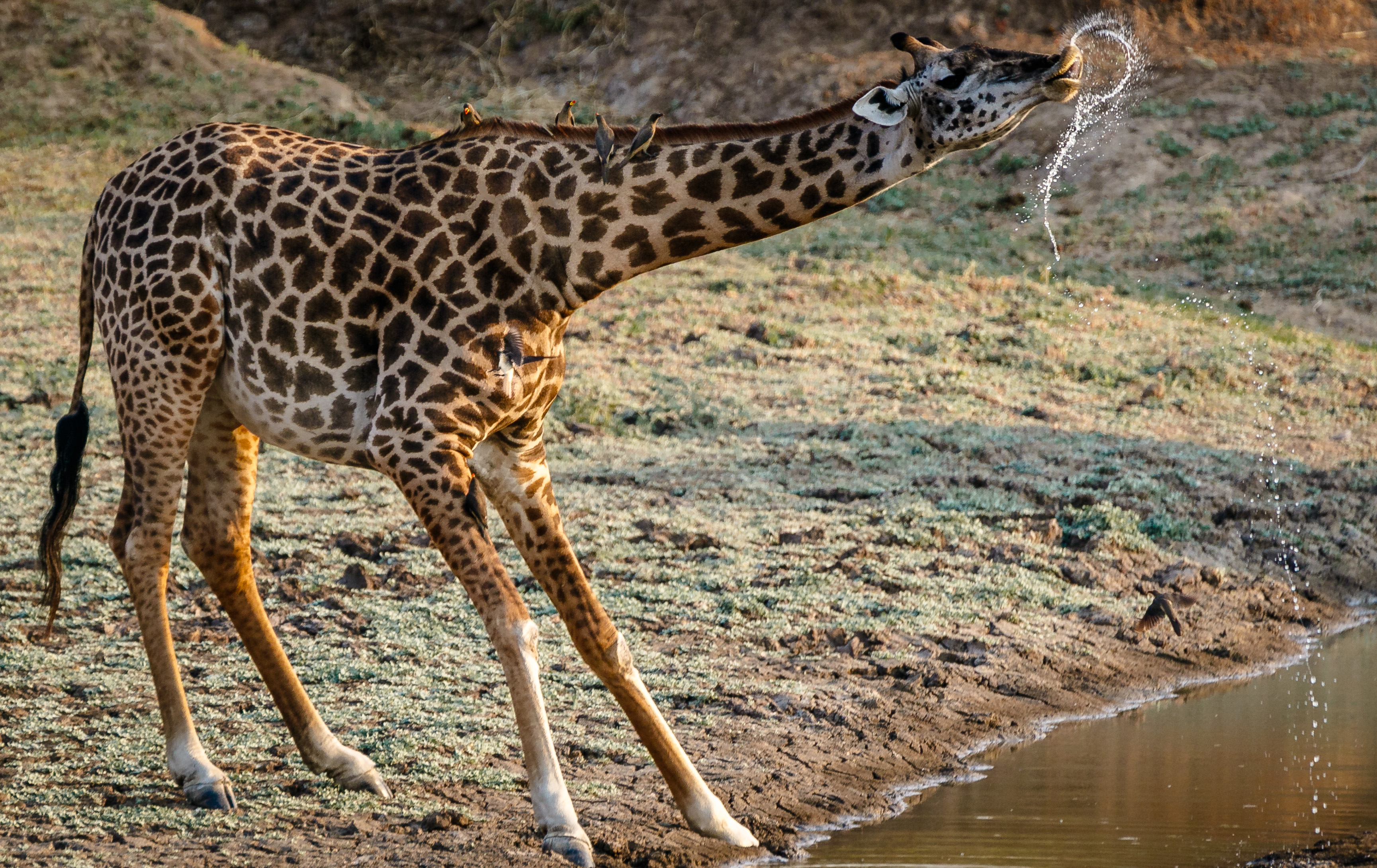
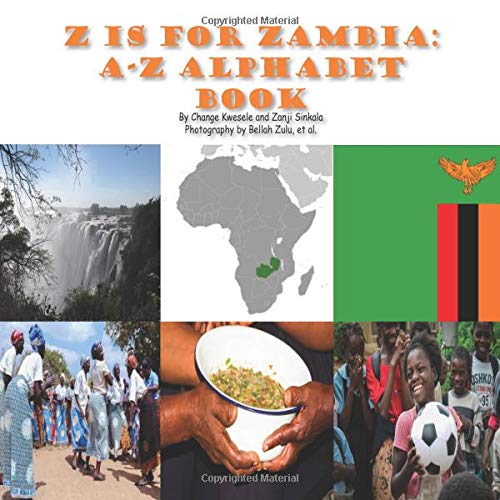

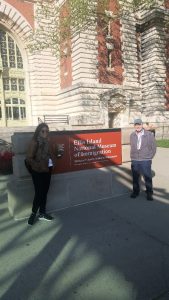
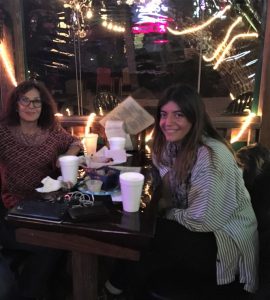

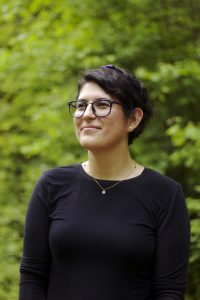 By Jenny Melo, Fulbright Foreign Student from Colombia
By Jenny Melo, Fulbright Foreign Student from Colombia
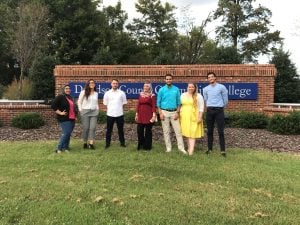
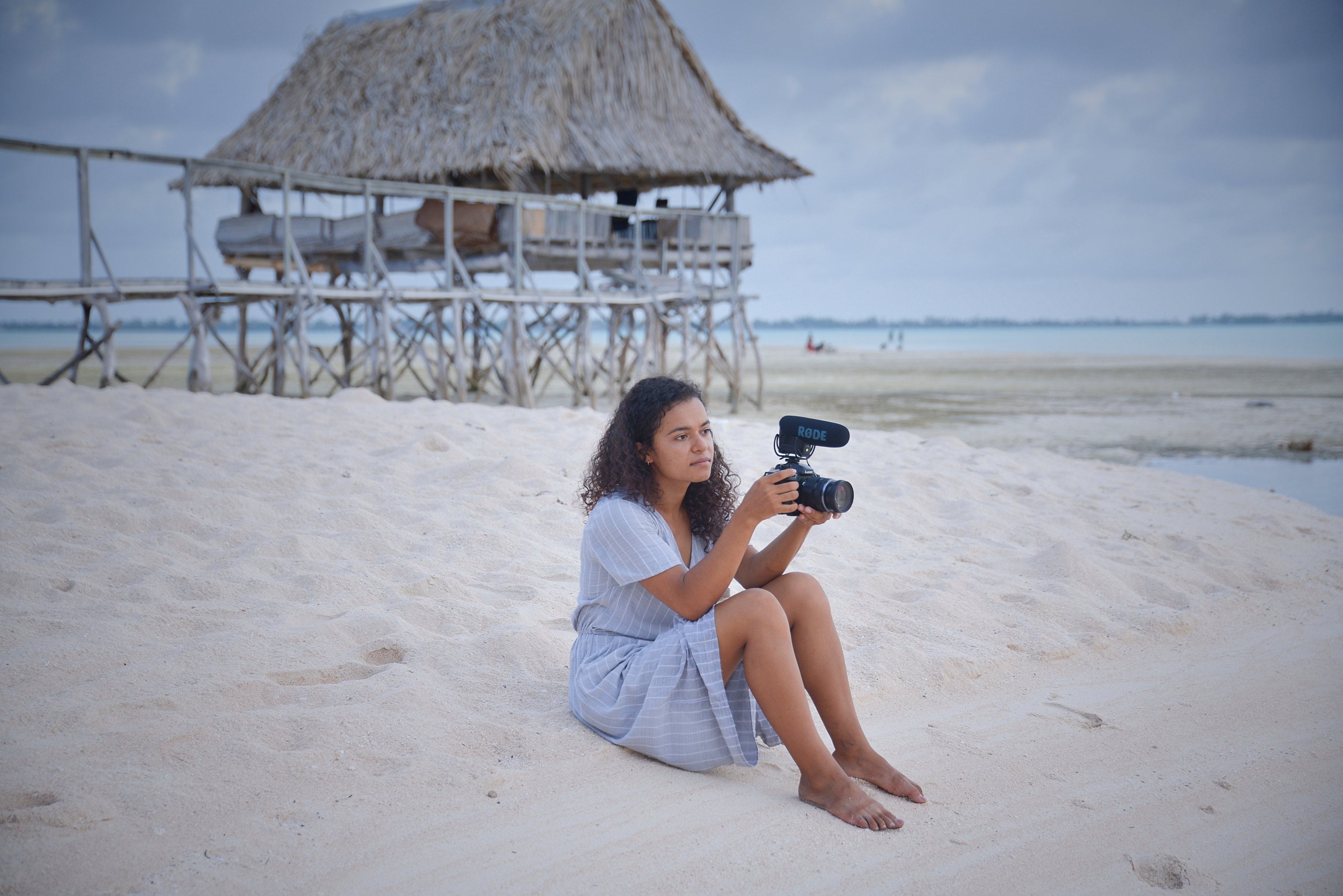
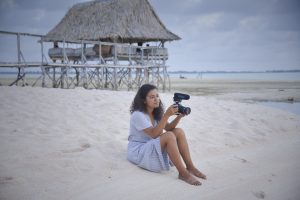 During my sophomore year at Pomona College I became aware of Kiribati, a small Pacific Island nation at risk of vanishing forever under rising sea levels. Scientists project that in as few as 30 years the entire country could be under water. Little did I know that Kiribati would play an important role in my life, and ultimately lead me to the Fulbright Program.
During my sophomore year at Pomona College I became aware of Kiribati, a small Pacific Island nation at risk of vanishing forever under rising sea levels. Scientists project that in as few as 30 years the entire country could be under water. Little did I know that Kiribati would play an important role in my life, and ultimately lead me to the Fulbright Program.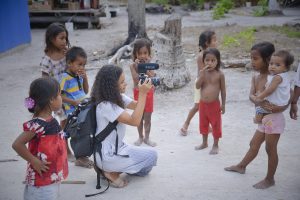 Yet what struck me most about Kiribati had nothing to do with climate change. Kiribati is vibrant in a way I didn’t know anything could be. I have never encountered a group of people that radiate love the way Kiribati people do. During my time there, I befriended a tight knit group of high school students, and they became my liaisons to their world. I was 19 at the time and so were they, and despite our vastly different life experiences, we related as most 19-year-olds do. We commiserated over our anxieties surrounding our encroaching adulthood, discussed our dreams for our futures, and shared our fears about a world paralyzed to act on climate change.
Yet what struck me most about Kiribati had nothing to do with climate change. Kiribati is vibrant in a way I didn’t know anything could be. I have never encountered a group of people that radiate love the way Kiribati people do. During my time there, I befriended a tight knit group of high school students, and they became my liaisons to their world. I was 19 at the time and so were they, and despite our vastly different life experiences, we related as most 19-year-olds do. We commiserated over our anxieties surrounding our encroaching adulthood, discussed our dreams for our futures, and shared our fears about a world paralyzed to act on climate change.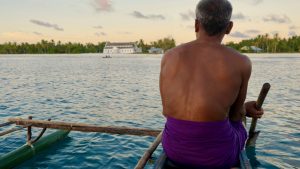
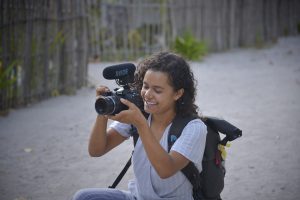 My post-production work will be supported by funding through a granting institution called “Pacific Islanders in Communications,” an organization funded by the Corporation for Public Broadcasting (CPB). I was extremely fortunate to receive the funding as well as a commitment to digital and potential television distribution through the CPB. Life Between the Tides is projected to be released by the beginning of next year.
My post-production work will be supported by funding through a granting institution called “Pacific Islanders in Communications,” an organization funded by the Corporation for Public Broadcasting (CPB). I was extremely fortunate to receive the funding as well as a commitment to digital and potential television distribution through the CPB. Life Between the Tides is projected to be released by the beginning of next year.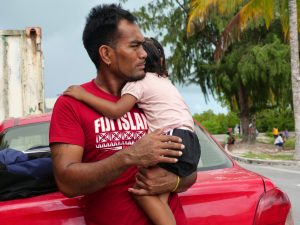 This September I will begin my MFA in Documentary Film and Video at Stanford University. I am both anxious and excited to be expanding upon my skills as a filmmaker, storyteller, and artist. In addition to refining my own abilities as a filmmaker, I want to pioneer a new form of participatory documentary filmmaking that works with disenfranchised communities to help equip them with the skills and tools to tell their own stories.
This September I will begin my MFA in Documentary Film and Video at Stanford University. I am both anxious and excited to be expanding upon my skills as a filmmaker, storyteller, and artist. In addition to refining my own abilities as a filmmaker, I want to pioneer a new form of participatory documentary filmmaking that works with disenfranchised communities to help equip them with the skills and tools to tell their own stories.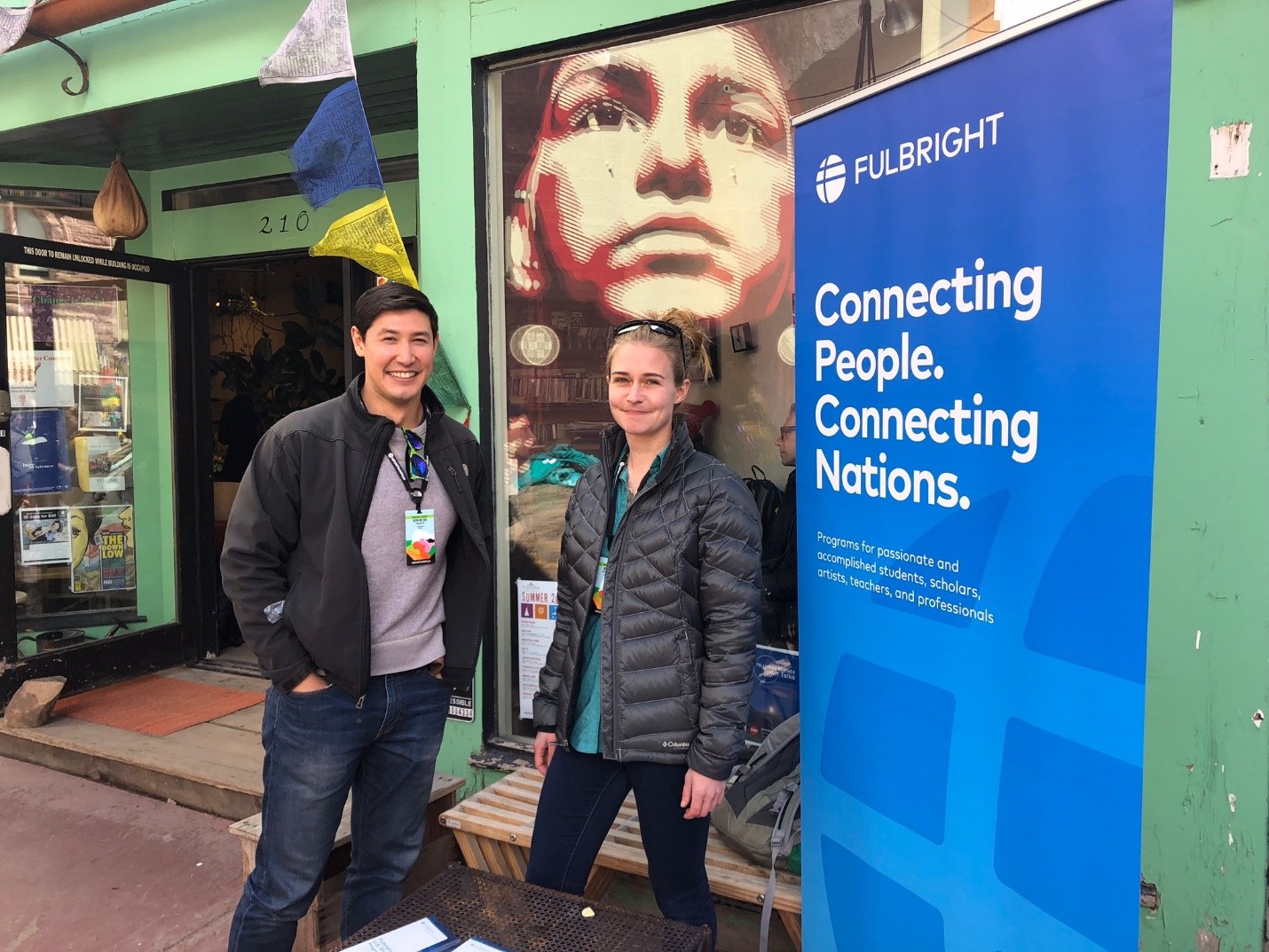
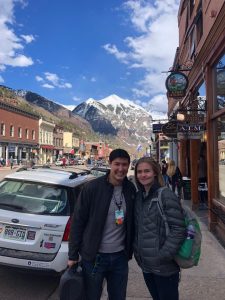
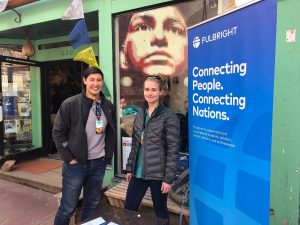
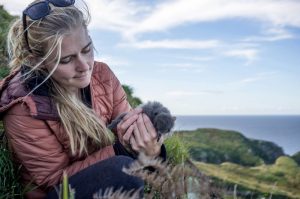
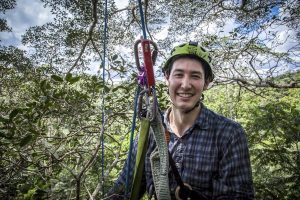 “Fulbright gave me the opportunity to study species that are rarely seen, even in the most biodiverse places on the planet. Spending time immersed in these places allowed me to make lasting connections with students and researchers in my host countries, and the platform I had as a digital storytelling fellow allowed me to share the species I was studying with a global audience,” McLean said. “The spirit of curiosity, adventure, and environmental justice at Mountainfilm creates a really engaged audience, and the conversations I had with fellow adventurers and storytellers gave me great ideas and inspiration for where to take my work next.”
“Fulbright gave me the opportunity to study species that are rarely seen, even in the most biodiverse places on the planet. Spending time immersed in these places allowed me to make lasting connections with students and researchers in my host countries, and the platform I had as a digital storytelling fellow allowed me to share the species I was studying with a global audience,” McLean said. “The spirit of curiosity, adventure, and environmental justice at Mountainfilm creates a really engaged audience, and the conversations I had with fellow adventurers and storytellers gave me great ideas and inspiration for where to take my work next.”